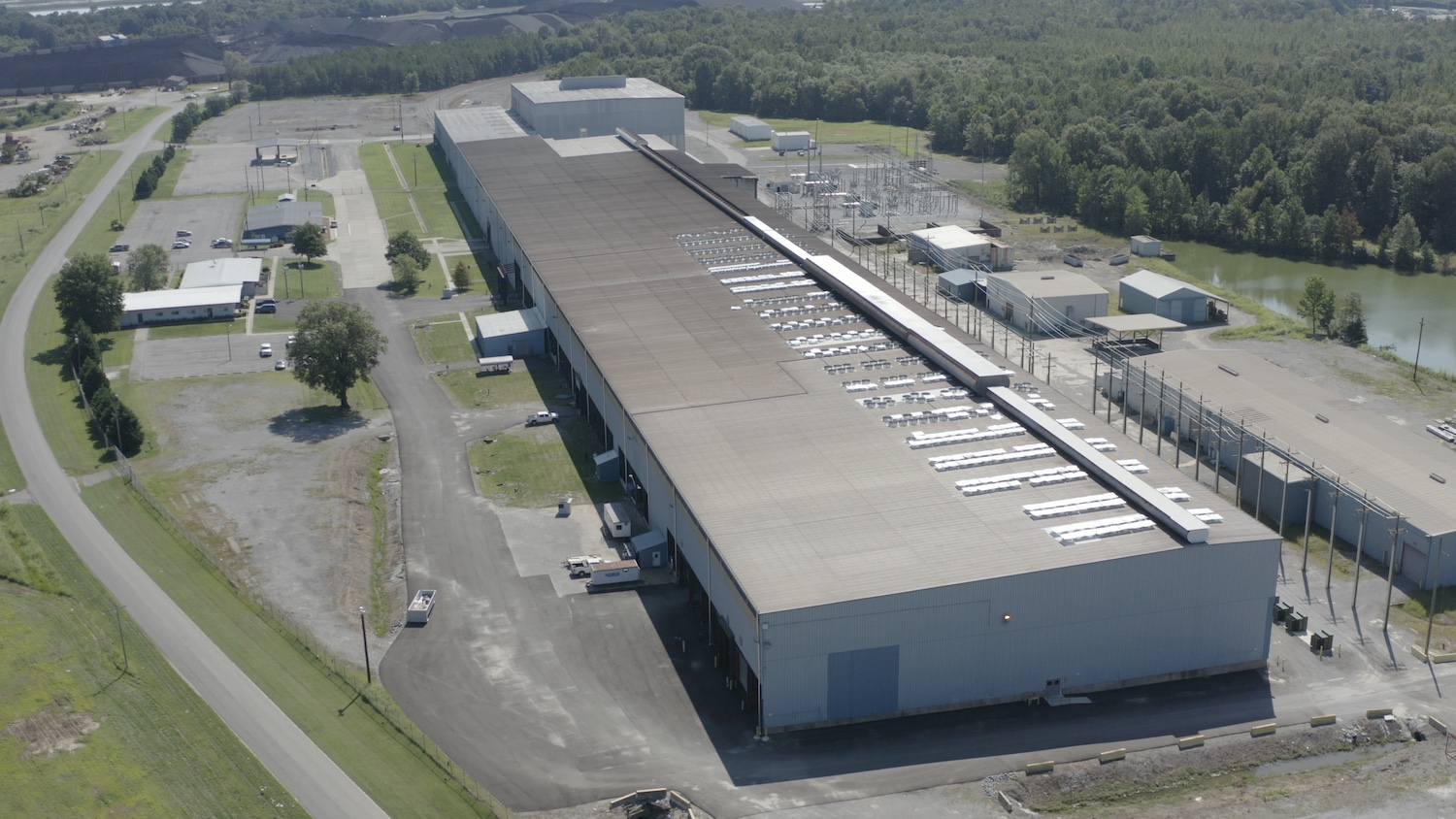This is the second part of a two-part series. Read the first story here.
When China banned bitcoin (BTC) mining from May of last year, it handed the U.S. a “trillion-dollar present,” as one mining executive told CoinDesk. But perhaps most importantly, crypto miners, particularly listed firms in the U.S., Canada and parts of Europe, are presiding over a shift towards greener and more innovative ways to use energy for mining coins.
Adding to a higher mix of renewables, crypto miners are becoming more adept at balancing the load of demand at power grids, while energy giants like Exxon are now exploring new paradigms, such as piloting the use of wasted gas from its North Dakota oil wells to power bitcoin mining operations, for example.
While this transformation is moving rapidly, it can’t come fast enough for the now-adolescent Bitcoin mining industry, whose ingrained dirty image continues to attract the attention of lawmakers and the public.0 seconds of 15 secondsVolume 0%
Environmental, social and governance (ESG) pressures on crypto mining’s energy use are mounting, both from within U.S. President Joe Biden’s administration and also from the European Union with its recent deliberation on a possible ban of proof-of-work (PoW) mining. An adjacent concern comes in the form of proposed rules that would give the U.S. Securities and Exchange Commission (SEC) insight into carbon footprints of listed firms.
This piece is part of CoinDesk’s Mining Week.
The “greener mining” saga goes back a decade, when North America constituted a mere sliver of bitcoin’s global hashrate.
For those cryptocurrency frontiersmen, an obvious step towards improving the sustainable power mix was simply locating mining operations in places where an excess of renewable energy was on offer. That could be parts of Canada where there’s a lot of hydropower and, more recently, places like Texas with its surfeit of wind and solar.
Proximity matters
In such places, renewable energy production has to be curtailed at times because there’s too much congestion on power lines transmitting that energy to urban centers. So there’s a need for local load brought by bitcoin miners, who act as a kind of safety valve for stranded power that would otherwise go to waste.
“Proximity matters,” said Peter Wall, CEO at listed mining firm Argo Blockchain (ARBK), which was set up initially in Quebec, tapping into the region’s hydropower, and now also located in West Texas. “When you are close to renewables, you have better access to them. That’s just a reality.”
Read more: Mining Industry Not That Worried by SEC’s Proposed New Climate Reporting Rules
In addition to providing renewable power, the grid in Texas, run by the Electric Reliability Council of Texas (ERCOT), incentivizes a high capacity power user like Argo to quickly shut down at times when the utility requires a lot of power; for example, to heat people’s homes in the winter or cool them in the summer.
Financially incentivizing bitcoin miners’ flexible load capabilities adds a virtuous competitive element into the Texas grid, Wall explained.
“If you opt in every day to be a flexible load provider, i.e., to be on call to be shut down, the Texas grid will give you a discount on your power and will pay you back to be essentially a virtual power plant,” Wall told CoinDesk. “To have the option to shut you down instead of having to fire up some other type of generation is economically advantageous for the miner. But more importantly, it’s economically advantageous for the grid because it keeps the cost of power lower for everyone.”

Core values
Core Scientific (CORZ), another U.S. crypto mining giant, produces monthly reports detailing the amount of energy handed back to the grid in times of need.
“We have arrangements with the communities and utilities wherein; when the grid needs it, we will down power,” said Core Scientific CEO Mike Levitt in an interview. “If we get a call from one of the utility companies in the geographies where we operate who need 30 megawatts available from two to five o’clock today, we put the machines into sleep mode, and it’s literally a keystroke because we have a software program that manages the 160,000-plus mining rigs.”
Last month, for example, Core powered down in two different states, for a total of 4,400 megawatt hours.
“Our industry really can quite legitimately, effectively and uniquely release energy utilization to the grid; it’s almost as if we’re acting as a battery,” Levitt said. What’s often not recognized, he added, is that utility companies would normally have to rely on so-called peaker power plants in times of high demand. “Generally speaking, those peaker facilities are the old ones and the dirty ones and the expensive ones,” Levitt said.
Read more: Don’t Call It a Comeback: The Unlikely Rise of Home Bitcoin Mining
